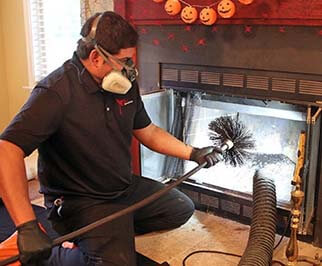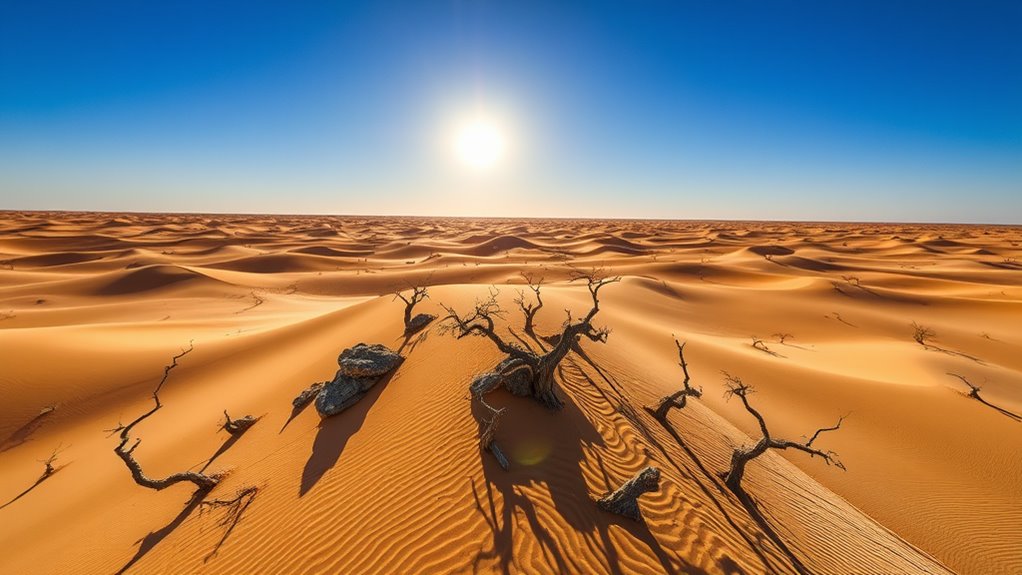
Discover the Transformative Power of Wood Slat Wall Paneling
More than just a style option, paneling with wood slats is a fashionable and eco-friendly way to improve the atmosphere of any room. This environmentally friendly choice is becoming more and more well-liked in contemporary home design due to its aesthetic appeal and useful advantages.
To assist you in making an informed choice, we’ll go over the main benefits of wall paneling with wood slats in this post, look at some more inventive applications, and address common queries.
Why Wood Slat Wall Paneling is a Game-Changer for Interiors
The ideal fusion of natural beauty and architectural functionality may be found in wall paneling made of wood slats. In addition to providing practical advantages like insulation and sound control, it turns plain walls into eye-catching attractions. Homeowners often explore
when searching for ideas that blend style and function.
The Key Benefits of Wood Slat Wall Paneling
Elevates Aesthetic Appeal Effortlessly
Wood slat panels instantly add texture, warmth, and a natural finish to a room. Available in various tones and finishes—like walnut, oak, and reclaimed wood—these panels complement a wide range of styles, from Japandi to industrial chic. Promoting premium wood finishes through digital marketing can elevate a brand’s online presence. Adding paneling can be part of a larger
strategy for any room.
Unordered List of Design Perks:
- Enhances depth and dimension on flat walls
- Provides a visually calming and symmetrical layout
- Creates a cozy, minimalist vibe with linear lines
- Offers flexibility in installation patterns (vertical, horizontal, or diagonal)
Provides Thermal Comfort and Natural Insulation
Wood insulates a place naturally, lowering energy use and regulating temperature. It creates a barrier that limits heat transfer by trapping air inside its fibers.
Description List of Insulation Benefits: Thermal Barrier
Slows the flow of heat in and out of the room
Energy Efficiency
Reduces the need for heating or cooling
Sustainable Comfort
Enhances coziness while lowering utility bills
Supports a Greener Lifestyle
Wall paneling made of wood slats is popular among environmentally aware households due to its sustainable sourcing and low environmental effect. Reclaimed or FSC-certified wood panels guarantee the prudent use of natural resources.
Ways Wood Slat Paneling Supports Sustainability:
- Often made from fast-growing or reclaimed wood
- Biodegradable and recyclable materials
- Pairs well with low-VOC finishes and eco-friendly adhesives
More Than Looks: Practical Advantages You’ll Love
Excellent Acoustic Properties for a Peaceful Home
Wood slat wall paneling absorbs sound and lessens echoes, whether you’re constructing a media area or a calm workplace. Because of this, it’s the perfect option for anyone wishing to enhance interior acoustics organically.
Hassle-Free Maintenance for Busy Lifestyles
Unexpectedly, wall paneling made of wood slats requires very little upkeep. All that is required to keep it looking brand new is dusting and the occasional light cleaning. When fitted properly, high-quality panels are also resistant to damage and warping. Accent walls are a simple way to introduce rich textures and standout
.
Covers Imperfections with Elegance
Cracks, uneven surfaces, or old paint? Without requiring major remodeling, wood slat panels may effectively and aesthetically conceal imperfections.
Creative Ways to Use Wood Slat Wall Paneling
Think outside the living room to give your house flair and character. To extend the elegance of wood slat wall paneling across your room, try these suggestions:
- Bedroom Backdrop: Create a serene, hotel-like headboard effect
- Hallway Accent: Break up plain corridors with rich texture
- Ceiling Treatment: Add warmth above and draw the eyes upward
- Kitchen Highlight Wall: Combine functionality with striking design
FAQ: Wood Slat Wall Paneling Explained
**Q: Is wood slat wall paneling hard to install? A: Absolutely not. Many systems employ pre-cut panels and backing that is simple to mount, making them ideal for both experts and do-it-yourselfers.
**Q: Can wood slat wall paneling be used in bathrooms? A: Yes, moisture-resistant wood species like cedar may function in humid environments with the right ventilation and sealing.
**Q: How do I clean my wood slat panels? A: Use a vacuum attachment with a brush or a soft cloth. A mild, wood-safe cleaner is good for thorough cleaning.
**Q: Will this paneling go out of style? A: Wood slat wall paneling is timeless. Its organic feel and versatility ensure it remains a staple in interiors for years.
**Q: Is it suitable for commercial spaces? A: Of course. It gives workplaces, lobby areas, dining establishments, and more a sense of coziness and professionalism.






